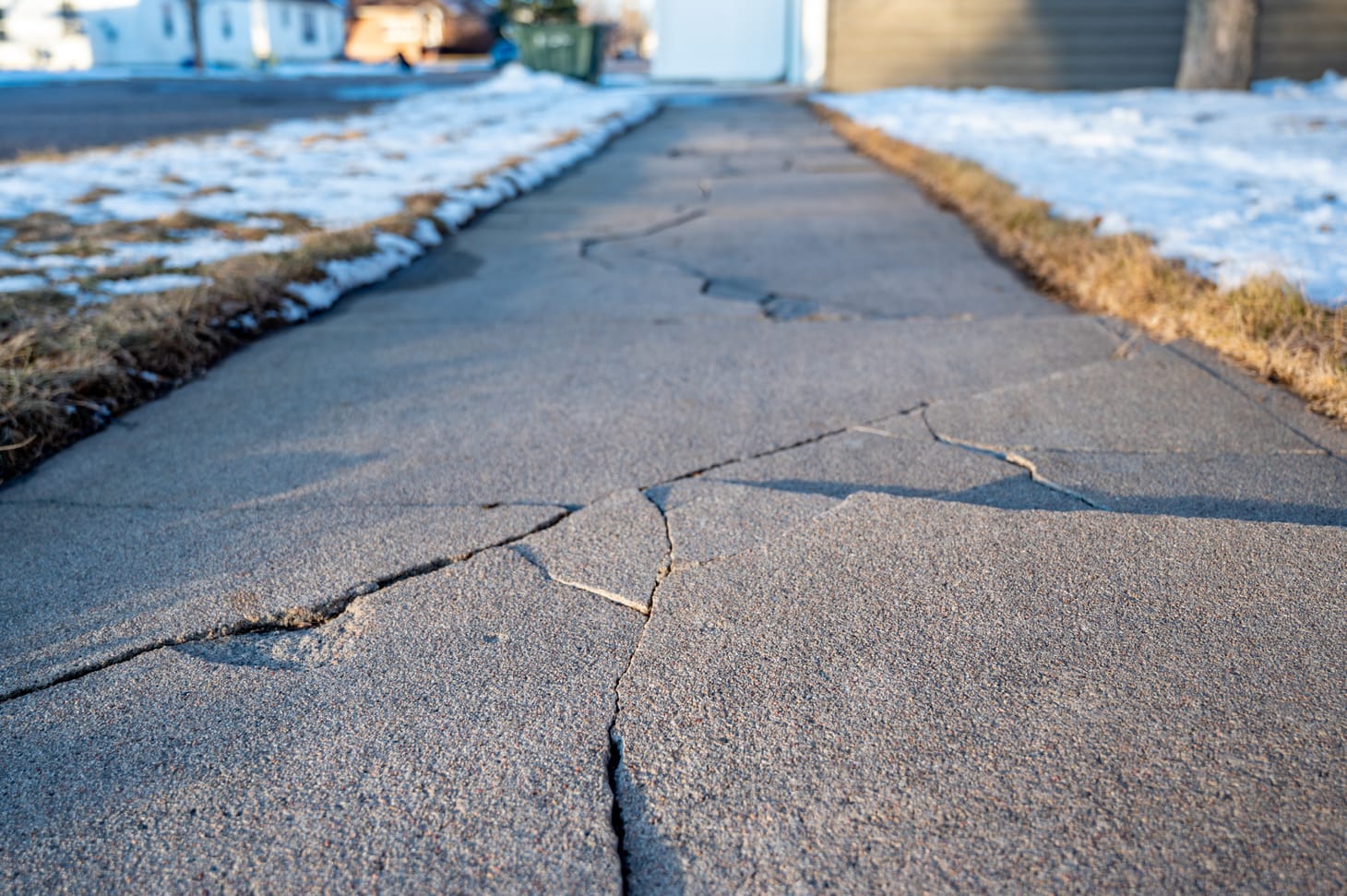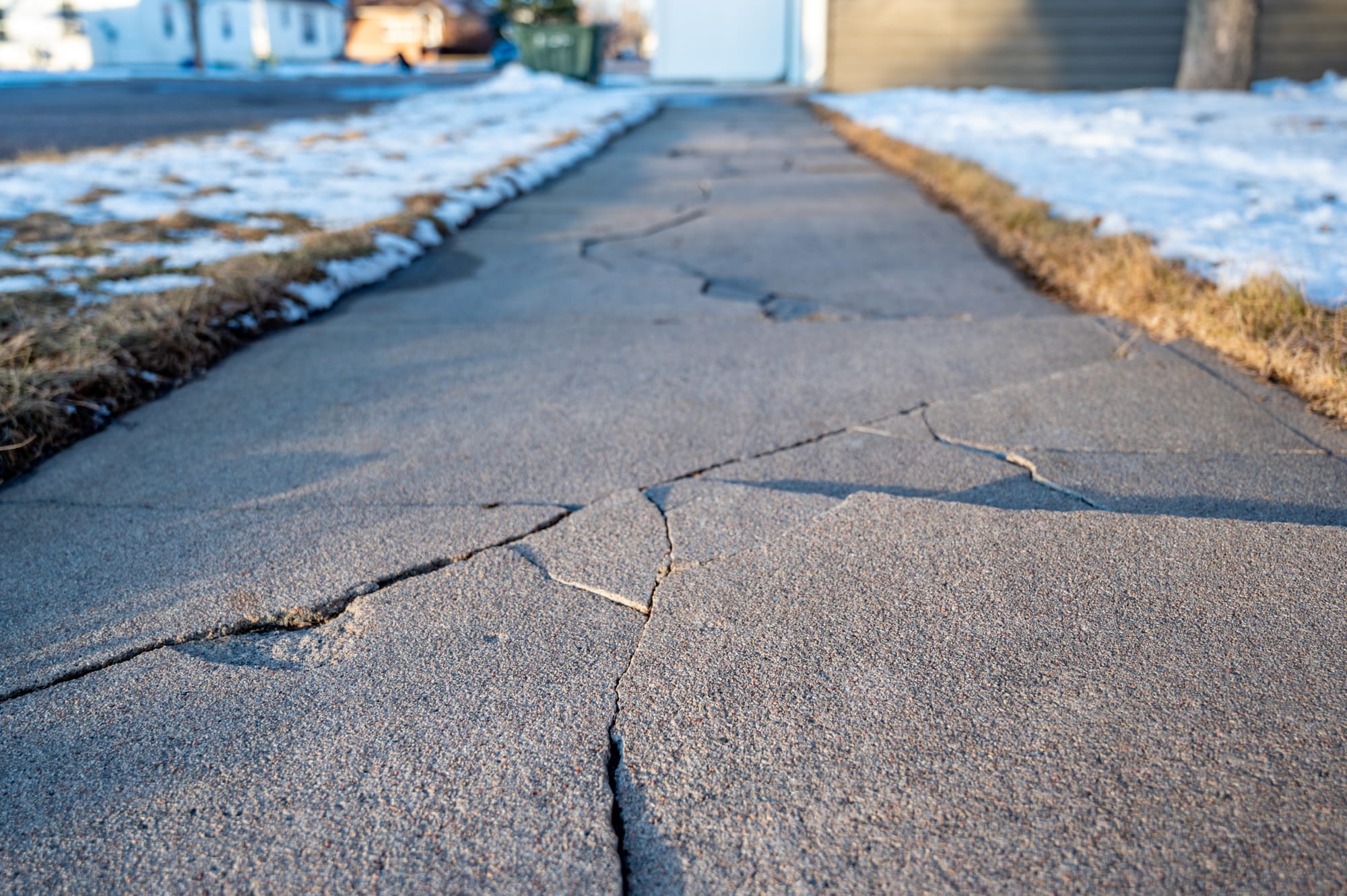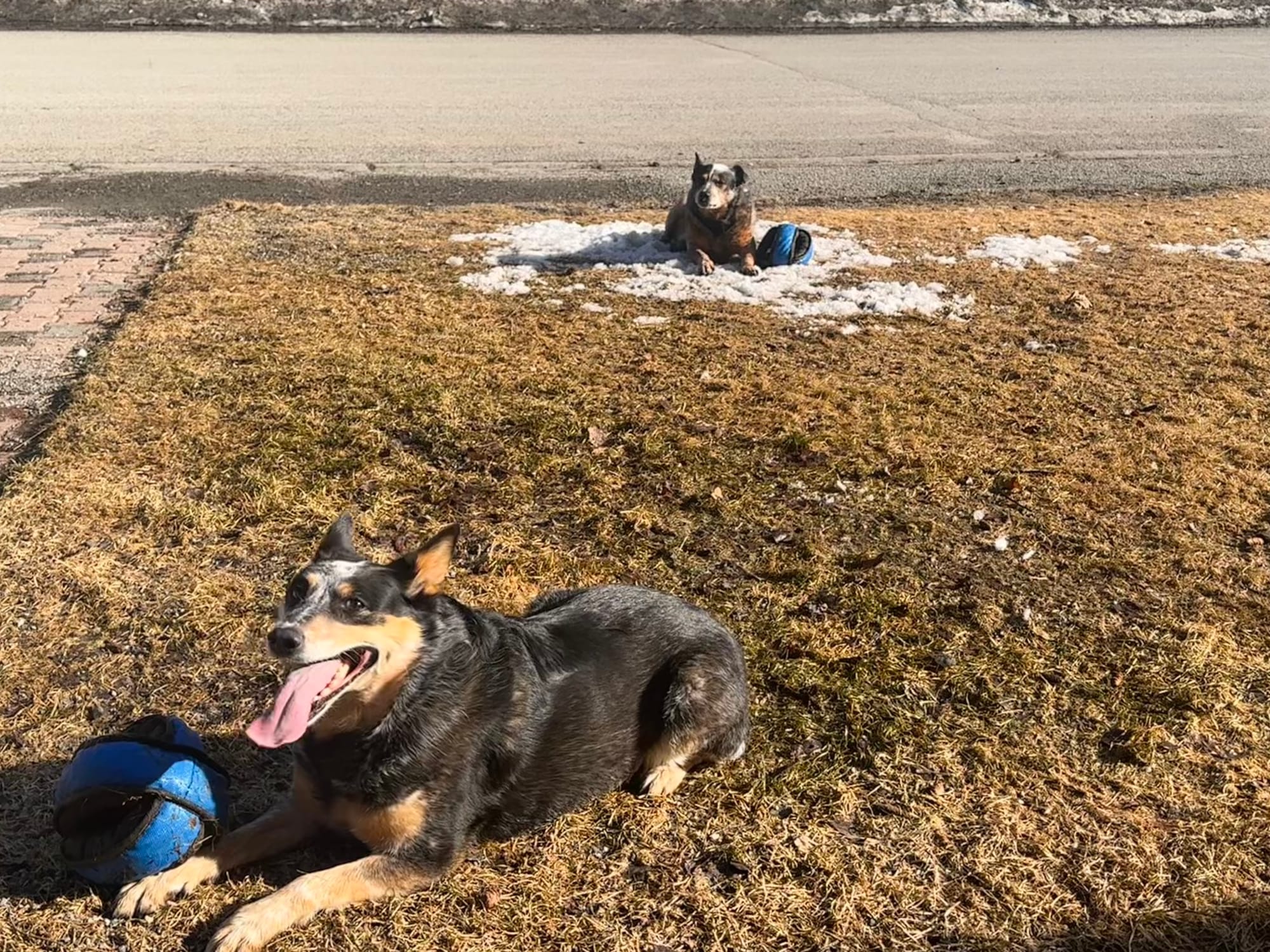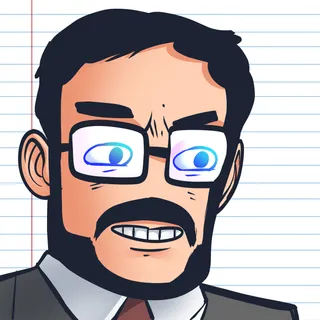Public education is 'not failing, it's starving'
As districts are forced to do more with less, school administrators say it's an impossible task that is undermining the quality of the school system.

It's Tuesday, Alaska.
In this edition: The House and Senate Education committees met for a joint hearing with school administrators on Monday, which served as a gut check for the reality of the financial problems facing the state's public education system. Despite all the Republican whataboutism on education, districts face some real and serious challenges with the ongoing flat baseline funding papered over by uncertain lumps of one-time money. While educators would like to be all things to everyone, the message is that the meaningful progress Republicans insist on isn't all that realistic when many schools are struggling to keep the lights on and the buildings heated.
Current mood: 🫠
Public education is ‘not failing, it’s starving’

As the Legislature continues to work on the education funding bill, school districts across the state are beginning the grim annual tradition of sending notices to teachers who will be laid off without additional state funding. The Anchorage School District expects to send 360 such notices. The Kenai Peninsula School District plans to issue 160 this week, Superintendent Clayton Holland told a joint hearing of the Education committees on Monday.
Officials at the hearing told legislators the uncertainty and timing have been costly for districts in more ways than one. Even if the funding is secured, teachers may decide enough is enough and look for work in other states. Recruiting and training new teachers isn’t free, and that’s if they can find them – some 600 classrooms in Alaska began the year without a permanent teacher even as districts are turning to foreign teachers. And that’s not to mention the educational impact of relying on a revolving door of new, inexperienced teachers unfamiliar with Alaska.
Not only would a $1,000 increase to the per-student funding formula provide some much-needed stability, restoring buying power lost over nearly a decade of flat baseline funding, but so too would the restoration of public pensions.
The hearing served as a bit of a gut check on the state of public education in Alaska as the Legislature enters the second half of its legislative session. The bipartisan majorities supportive of additional funding and other changes aimed at keeping teachers are facing continued GOP resistance from legislators and a governor that seem to insist the financial problems and uncertainty facing school districts are overstated, falling back on tired rhetoric about Alaska’s per-student funding being too high for the results we’re getting on standardized tests. Efforts to improve things for teachers, such as pensions, have also been met with similar naysaying.
But the hearing, once again, made clear that the problems facing Alaska’s public school system are real and serious. That the state, regardless of the cherry-picked data put forward by Republicans, just isn’t that competitive in an increasingly competitive national climate for teachers. A recent report showed Alaska's teacher pay is about 24% below the national average when adjusted for the cost of living.
Even one of the testifiers, Rick Dormer, the principal of Ketchikan High School and president of the Alaska Association of Secondary School Principals, told legislators that he’s in the process of looking for work in Oregon.
“Because if I go to Oregon, I can get a defined benefit package, I can have higher wages, I can have a lower cost of living, and I don’t have to take the time and expense to get on a Boeing jet to see my family,” he said. “It is a challenge. We want to stay. I want to stay, but we’re also highly educated professionals. We have personal goals. We have professional goals. And I can tell you that there are a lot of options out there.”
The hearing also outlined efforts by various groups to improve teacher recruitment and retention, countering much of the GOP narrative that teachers and schools are sitting back and are somehow OK with the situation facing the state.
The root problem, as much as Republicans would like to deny it, is that there isn’t enough money to go around. That a decade of flat funding and one-time allotments with the hollow adage of “we need to do more with less” is leaving schools in a difficult place of constant cuts, consoldiations and costly uncertainty. Demands that they make improvements on a litany of problems from student unhappiness, test scores, chronic absenteeism, and everything else are difficult to impossible when districts are having trouble just keeping the lights on.
“When I hear education is failing, I say no education is starving,” said Dr. Lisa Parady, the executive director of the Alaska Council of School Administrators. “It’s not failing; it’s starving. If we can make education whole, and you've heard over and over already the areas where we need to invest, we can retain kids and keep their interest and support them. But we're struggling to provide the core, and I think once we get to the point where we're whole and we can provide that, we can be focused on all the things that we know that can engage families, which we are trying to do, but we can't keep doing it all of it with less and less and that's where we're at today. We need to think about how we can do things different, but we can't continue to do it while we're continuing to cut and cut and asking our people to do more and more with less."
Meanwhile, Republicans seem to continue to be fixated on school systems that benefit the few. Charter programs and increased funding for homeschool were among the few points they brought up during the hearing, with Tok GOP Sen. Mike Cronk chastising the groups over an op-ed that a school administrator wrote that he felt was overly critical of homeschool programs. He went on to churlishly wonder if they'd support increasing the multiplier for homeschool student funding from .9 to 1.0, matching the funding that goes to brick-and-mortar students.
Parady pointed out that they're supportive of all students and that an increase to the base student allocation flows out to all students regardless of what type of school they're in. She also noted the Republicans' goal of increased homeschool funding was actually included in the education bill that Gov. Mike Dunleavy vetoed last year.
"We supported that bill one hundred percent," Parady said. "It just didn't get to the finish line."
Cronk, it should be mentioned, was one of the deciding votes to uphold that veto.
Katie Parrott, the senior budget director for the Anchorage School District and the president-elect of the Alaska Association of School Business Officials, also weighed in later on the homeschool funding factor. She said that the way the costs work out for the Anchorage School District, the change would result in the district receiving more funding for homeschool students than it does for students in large high schools, despite the fact that it costs more to educate a student in a large high school than it does to educate a student in a homeschool program.
"Broadly, we support students having access to resources," she said. "We want our correspondence programs to be strong. We also really want our comprehensive brick and mortar schools to be strong, and we want that to be equitable."
House Bill 69, the education bill, is currently in the Senate Education Committee, where it has already gone through public testimony and is awaiting amendments before it advances to the Senate Finance Committee. The legislation and its roughly $250 million price tag will be one of the major pieces of the final day of the legislative session, as legislators figure out how to make the budget balance. It could also very likely face another veto from Dunleavy, which likely would force districts to settle on another year of one-time funding and another year of costly uncertainty.
Stay tuned.
Fun in the sun

The Alaska Memo Newsletter
Join the newsletter to receive the latest updates in your inbox.

